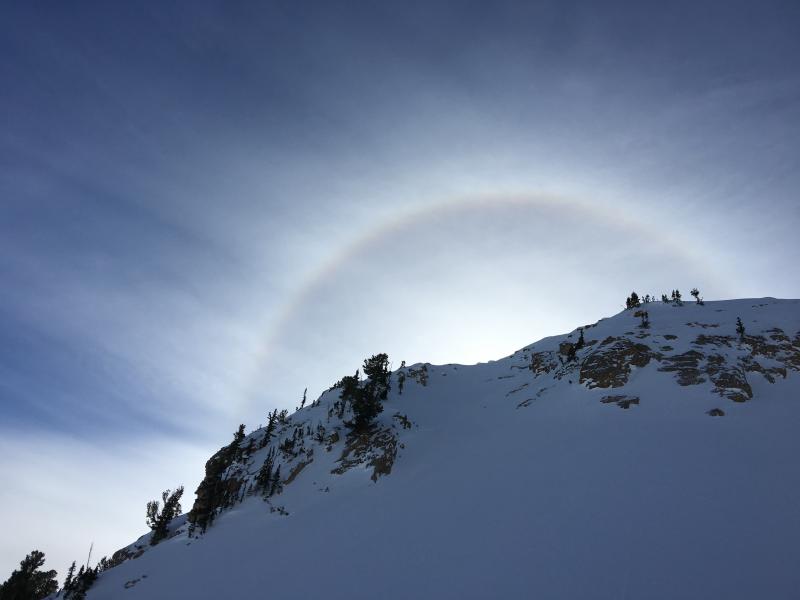
Not long ago, I was invited to give a talk on any subject of my choice to aLevel 3 avalanche class with the American Avalanche Institute. The owners of AAI and I haveknown each other for 15-20 years. They should have known better.
So. The night before, I had the Level 3 participants - all experiencedsnow and avalanche professionalsin their own right - think of a time when an avalanche surprised them.
The next morning, I began by showing them a clip of risk reduction researcher Gordon Graham talking about what he calls High Risk, Low Frequency events. You should watch it. 15 minutes.I posted it here a couple of years go. You'll see below how he segregates the different types of incidents and where most of the accidents occur. He's addressing fire and police personnel, but he may as well be addressing snow safety professionals and very experienced backcountry skiers and riders. Follow the figures below to see how this applies.
Gordon Graham's segregation of incidents:
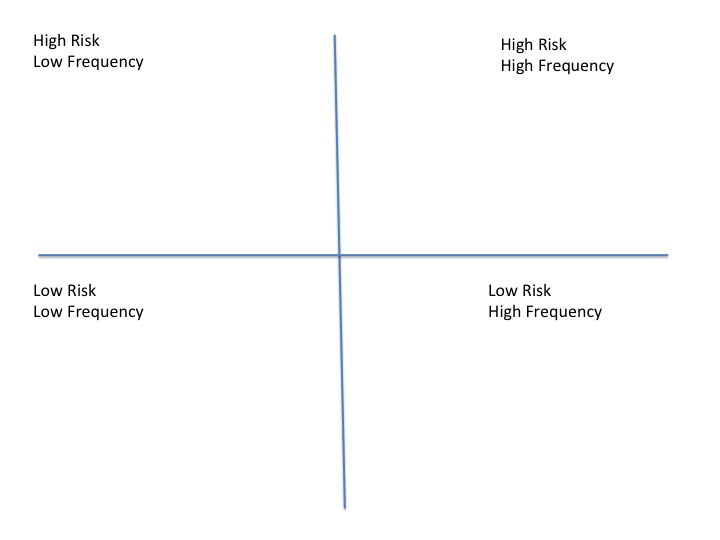
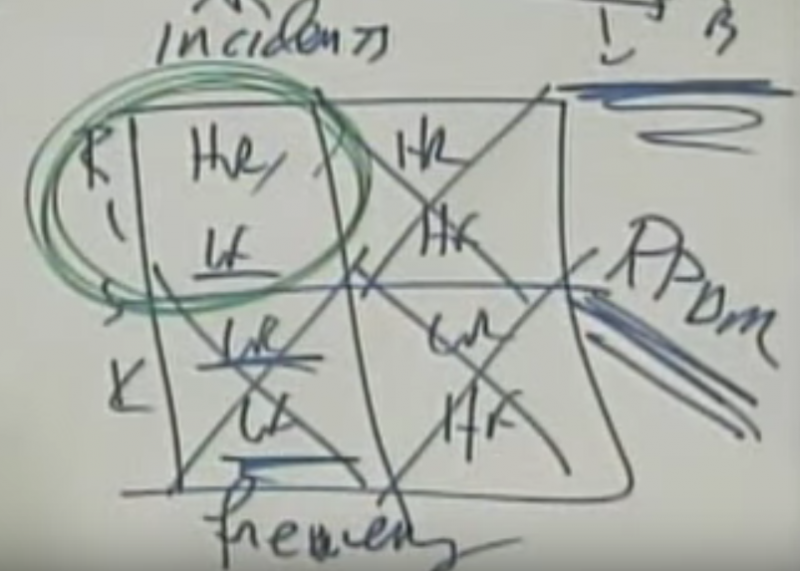
The Utah Avalanche Center's segregation of avalanches: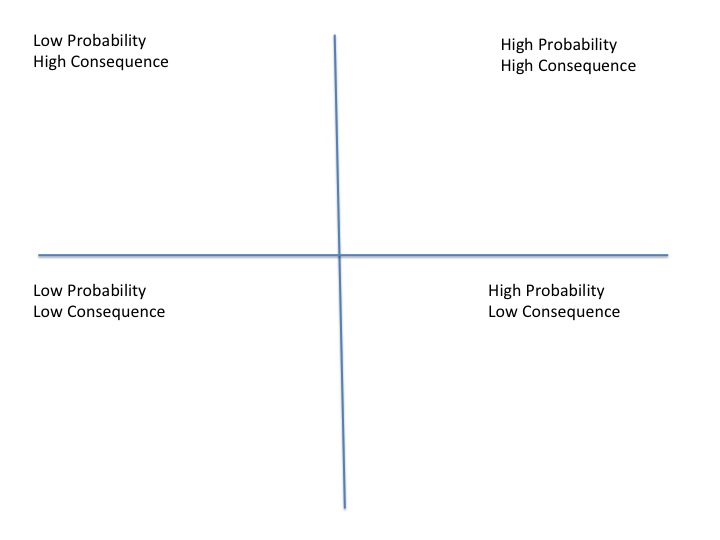
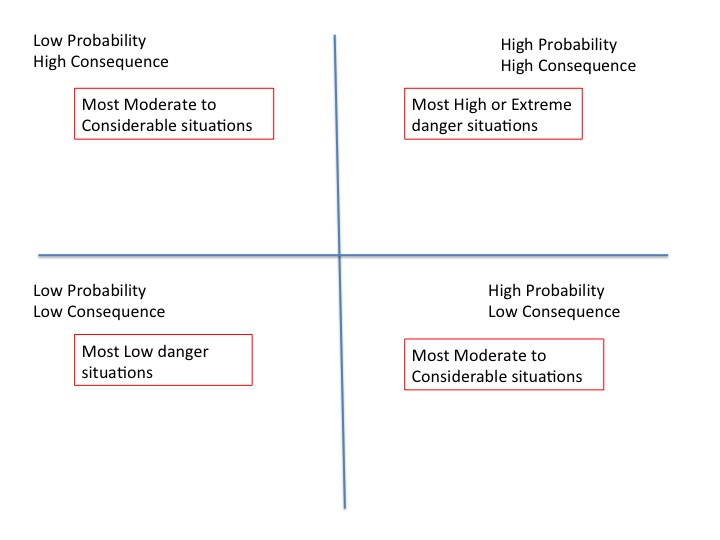
These are the types of avalanches that snow safety professionals see "every day", multiple times a day (during avalanche weather days).
These are the avalanches that the avalanche professionals and experienced backcountry skiers/riderssee infrequently.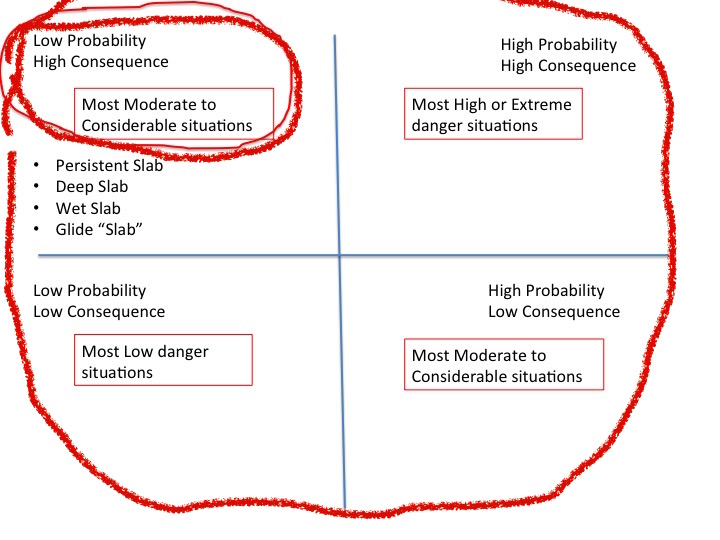
At this point, it's instructive to look at our Utah stats since 1940. What type of avalanches are responsible for our fatalities? As Gordon Graham points out, our incidents occur not during high frequency events, but in low frequency events.
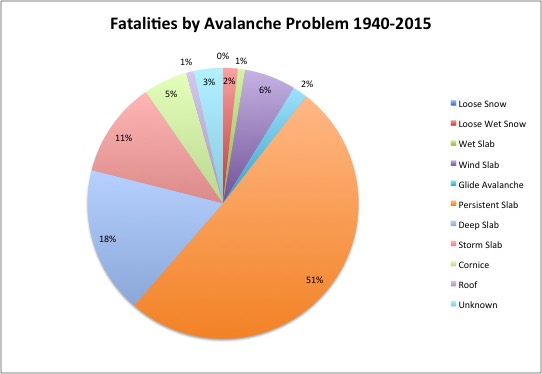
This season in particular has been particuarly challenging as most of the incidents and close calls have involved professionals and very experienced backcountry skiers and riders.
The behavioural scientists (and, arguably, economists)Kahneman, Klein,Taleb, and others talk about this idea called RPDM - Recognition Primed Decision Making...which can be argued as that which separates the novices from the experts. This idea of Expert Intuition. Expert Intuition argued as something that develops from pattern recognition over a long period of time because they are high-frequency events. Persistent, especially Deep Persistent Slab avalanches are low-frequency events. And because they are low-frequency events (particularly Glide avalanches), we therefore cannot develop expert intuition for them.
But back to the classroom. By now, you may not be surprised to hear that most of the surprises were with Persistent or Deep Slab avalanches...or rapidly changing conditions.
Impediments to our understanding of the situation:
- Ego. The famed Swiss avalanche practicioner André Roch (1906-2002) wrote, "The avalanche does not know that you are an expert." In other words, dig snowpits, but Don't try to outsmart the avalanche.
- Correlation does not equal causation. Poor science or understanding of the phenomenon.
- Normalization of Deviance. The classic negative feedback loop - referring to the first impediment - where, in the words of Sydney Dekker, "bad decisions masquerade as good ones". Dianne Vaughan's take on the Challenger disaster.
So what's the take-home?
- Risk isinherent in mountain travel.
- Ski patrollers and other snow safety personnel assume risks forthe skiing public.
- It is difficult if not impossible to develop expert intuition with Deep Slab avalanches.
- Extra Caution is required. Provide for a wide margin for error in decision-making.
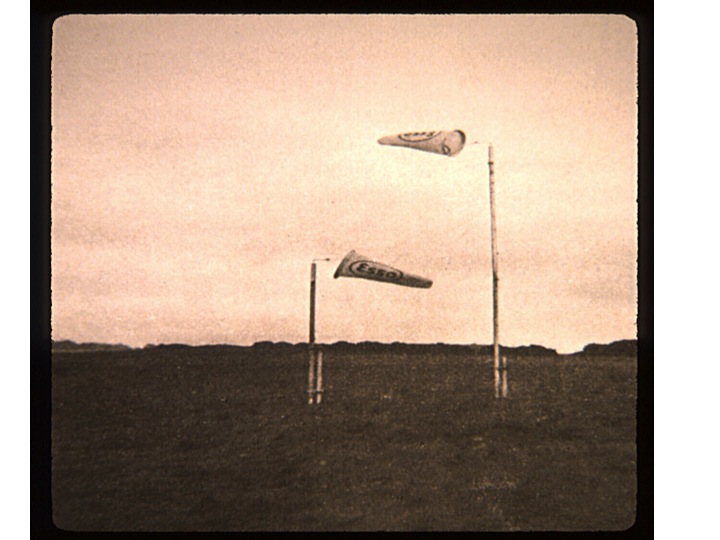
What else? I talked about growing old. But that's for another time.


